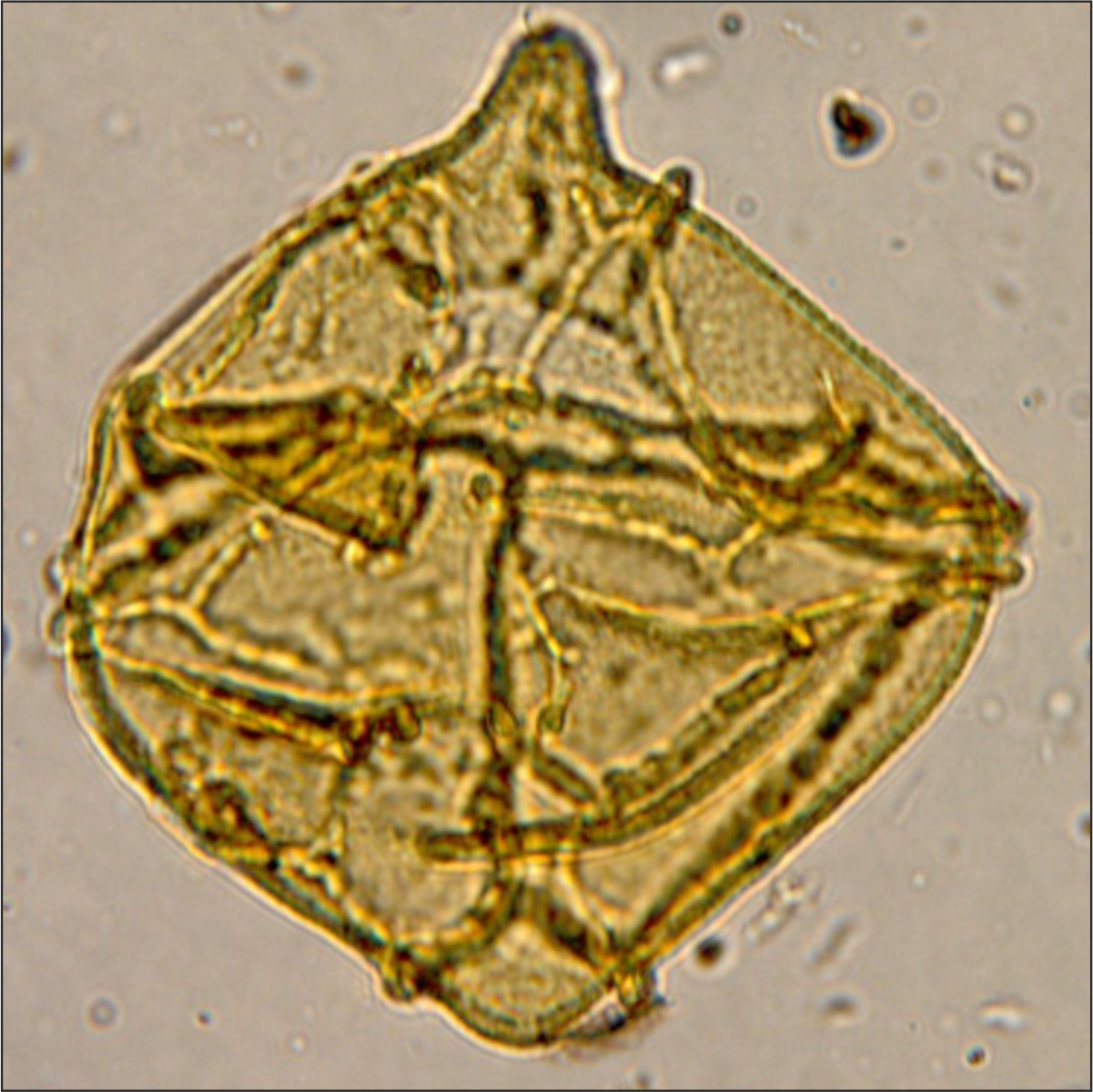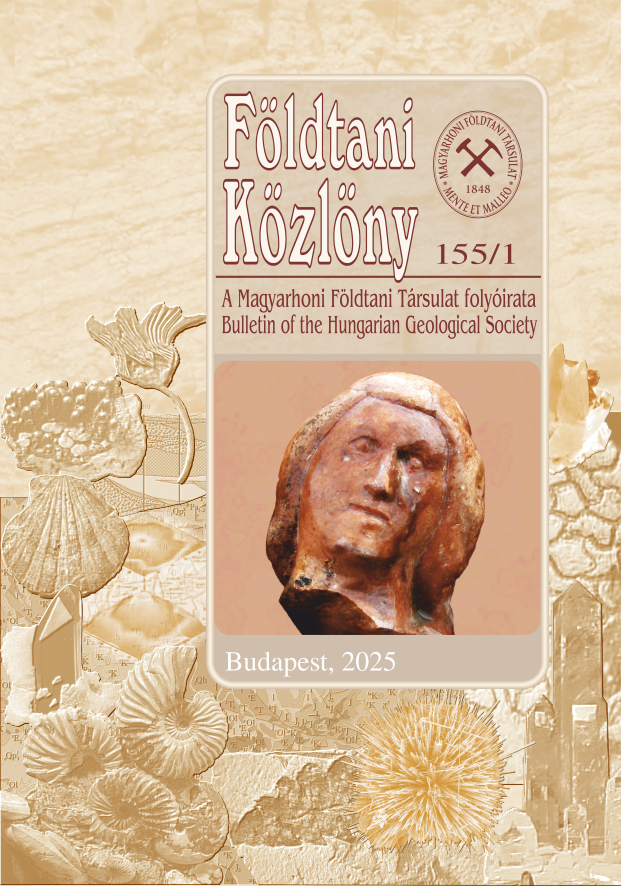Dinoflagellate cysts from the Pannonian (late Miocene) “white marls” in Pécs-Danitzpuszta, southern Hungary
Abstract
Dinoflagellate-cyst based biostratigraphy is an important tool in the stratigraphical subdivision and correlation of the Neogene Lake Pannon deposits. A total of 66 palynological samples were investigated from the Pannonian (upper Miocene) marl succession exposed in the Pécs-Danitzpuszta sand pit in order to evaluate the biostratigraphical assignment and constrain the age of the strata. Earlier attempts to recover dinoflagellate cysts from this important reference section had failed. In our material, six samples contained well-preserved palynomorphs. One sample from the lower part of the succession (D25) contained a probably reworked middle Miocene assemblage. Samples from the middle segment of the succession (D3, D2, D1) indicate the Pontiadinium pecsvaradensis Zone (ca. 10.8 to 10.6 Ma). Samples from the top of the marl (D219, D221) did not give additional stratigraphic information (P. pecsvaradensis Zone or younger). The palynofacies of samples D3 to D221 indicates a relatively distal, calm, occasionally oxygen-deficient, probably deep depositional environment.
















